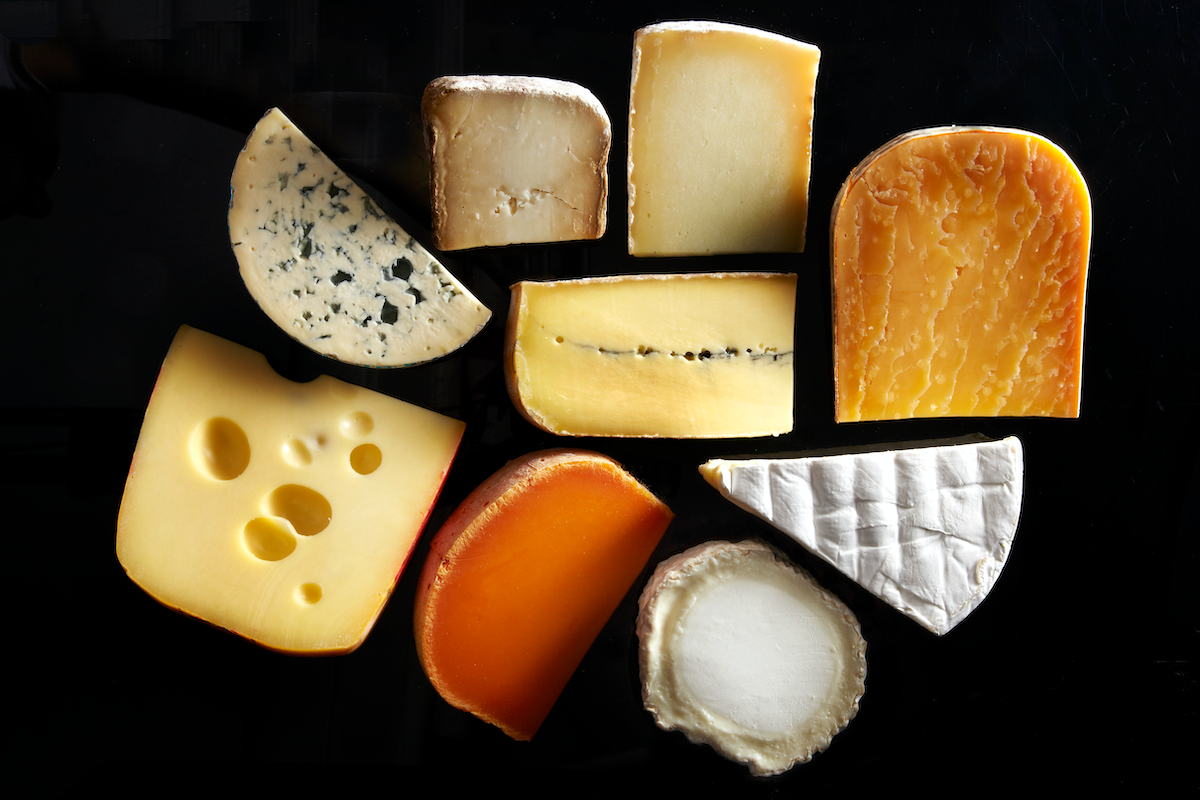Camembert and other French cheese on “verge of extinction” due to collapse in microbial diversity

Camembert, brie and various blue cheeses are on the “verge of extinction” due to a collapse in microbial diversity, the French National Center for Scientific Research (CNRS) said. Cheese itself contains its own ecosystem of fungi and bacteria which turn milk fats and proteins into different compounds. Recently, however, specific mold strains are waning in biodiversity, with one specific strain of fungi at risk of dying out completely.
The particular strain in question is Penicillium camemberti, which is hailed as “the gold standard for brie and Camembert” because of its appetizing qualities, Vox explained. Unlike most molds, though, Penicillium camemberti can’t reproduce sexually with other fungi to create new genetic diversity. As a result, cheesemakers have to clone it — but that has become increasingly difficult because of mutations that interfere with the fungi’s ability to produce spores.
“Camembert is not going to disappear tomorrow,” Jeanne Ropars, an evolutionary biologist who works at a lab affiliated with CNRS, told Vox. “But it’s going to be more and more difficult to produce.” At this time, it’s not clear how these challenges will impact cheese supply.
A decline in fungi diversity isn’t just affecting Camembert and brie cheeses, it’s also impacting blue cheeses, like Gorgonzola and Roquefort. That being said, Camembert and brie cheeses aren’t gone for good just yet. To make the cheeses, producers could simply inoculate cow’s milk with other Penicillium biforme molds, which are naturally present in raw milk, Vox said. Per Ropars, Penicillium biforme has a lot of genetic diversity and is able to produce sexually. Cheeses made from that particular strain, however, would be slightly funkier and vary in appearance.


